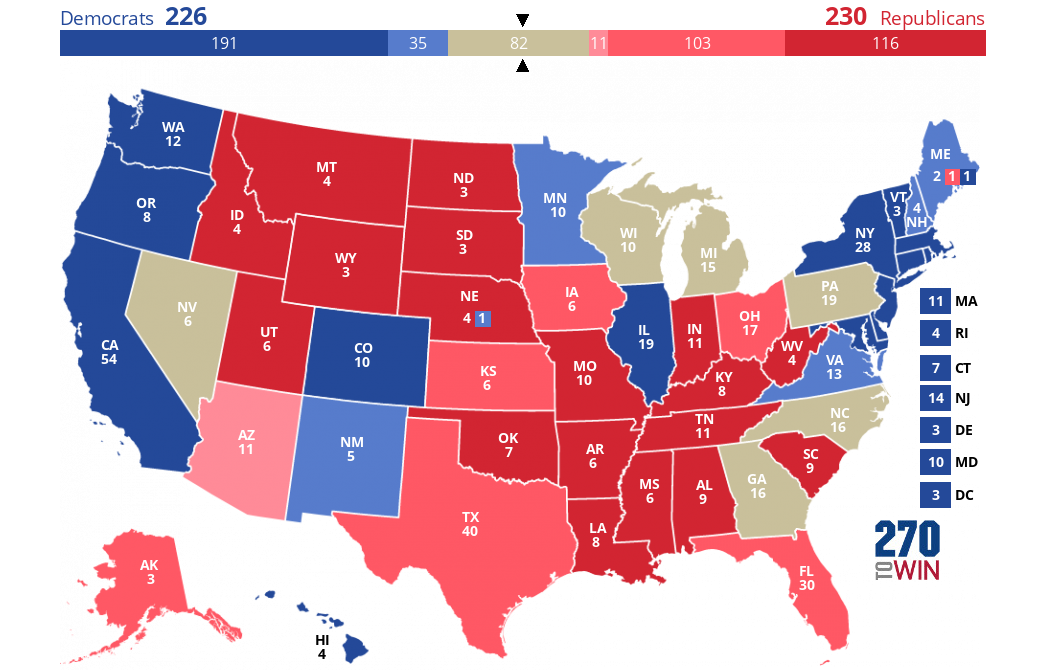1800 Presidential Election Interactive Map
70 electoral votes to win
Change history with the 1800 presidential election interactive map.
Update a state winner by clicking it to rotate through candidates. Alternately, select a candidate color in the Map Color Palette, then select states to apply. Use the edit button in the Palette to update candidate information.
Split electoral vote states - if any - are not interactive. Use the table below the map to make changes.
For full details, see the user guide.
Split Electoral Votes
States shown here did not allocate all their available electoral votes to one candidate. The historical split can be edited in this table. You can also use the drop down menu to split other states.
Removing the split () will set the state to undecided and make it interactive on the map.
| D-R | F | Total | Remove | ||||||
|---|---|---|---|---|---|---|---|---|---|
1800 Actual Election Results
| Candidate | Party | Electoral Votes | ||
|---|---|---|---|---|
| ✓ | Thomas Jefferson | Democratic-Republican | 73 | |
| Aaron Burr | Democratic-Republican | 73 | ||
| John Adams (I) | Federalist | 65 | ||
| Charles C. Pinckney | Federalist | 64 |
1800 Election Facts
- During this election, Electors had 2 votes each for President, and all but one voted for both candidates in their party. Therefore, the map shown is broken out by party, as opposed to candidate
- Jefferson and Burr tied, sending election to the House of Representatives. Jefferson won on the 36th ballot.
- Controversy over electoral tie vote led to passage of 12th Amendment
- One Elector in Rhode Island cast one of his votes for John Jay
- Maryland electors split their vote, with 5 each for the Federalist and D-R candidates
- North Carolina electors split their vote, with 8 votes for the D-R and 4 for the Federalist candidates
- Pennsylvania electors split their vote, with 8 votes for the D-R and 7 for the Federalist candidates
- Issues of the Day: Alien & Sedition Acts, XYZ Affair, Relations with France
- Federal Capital moved from Philadelphia to Washington, DC in 1800


